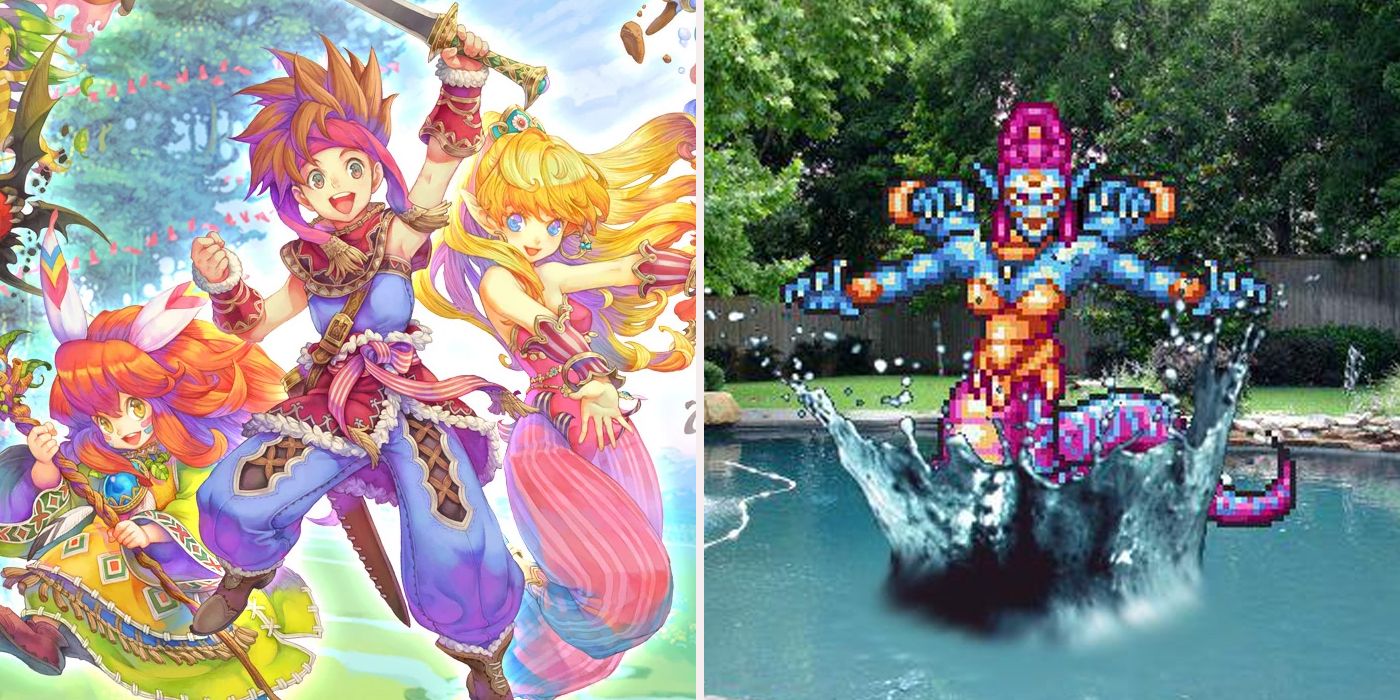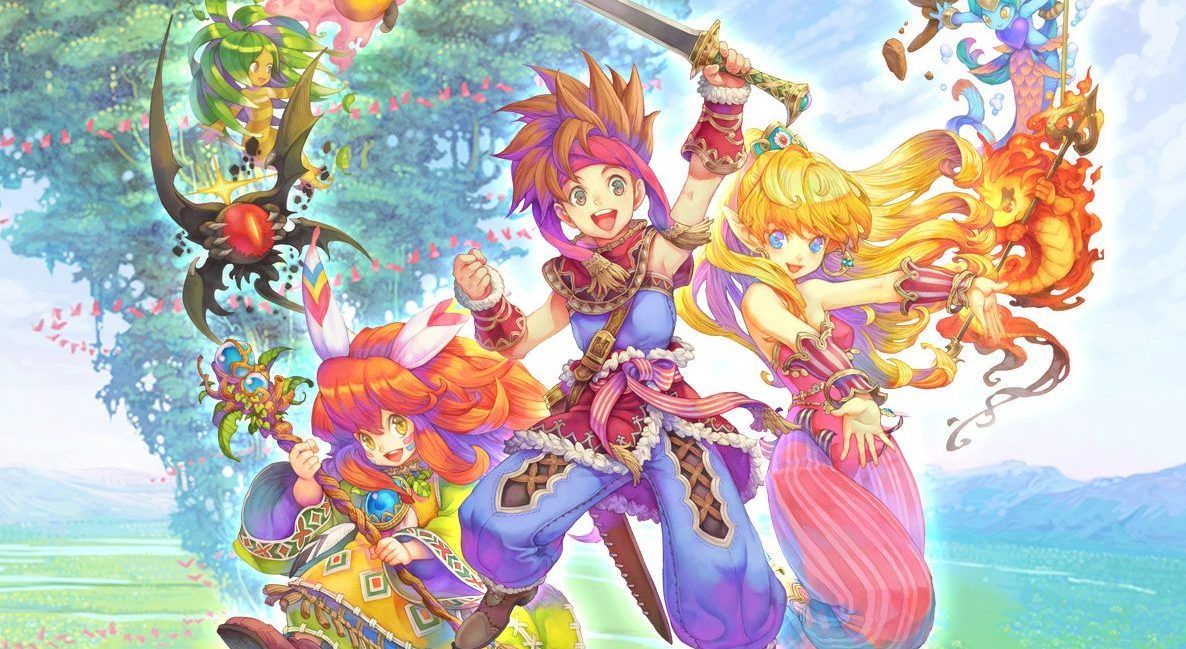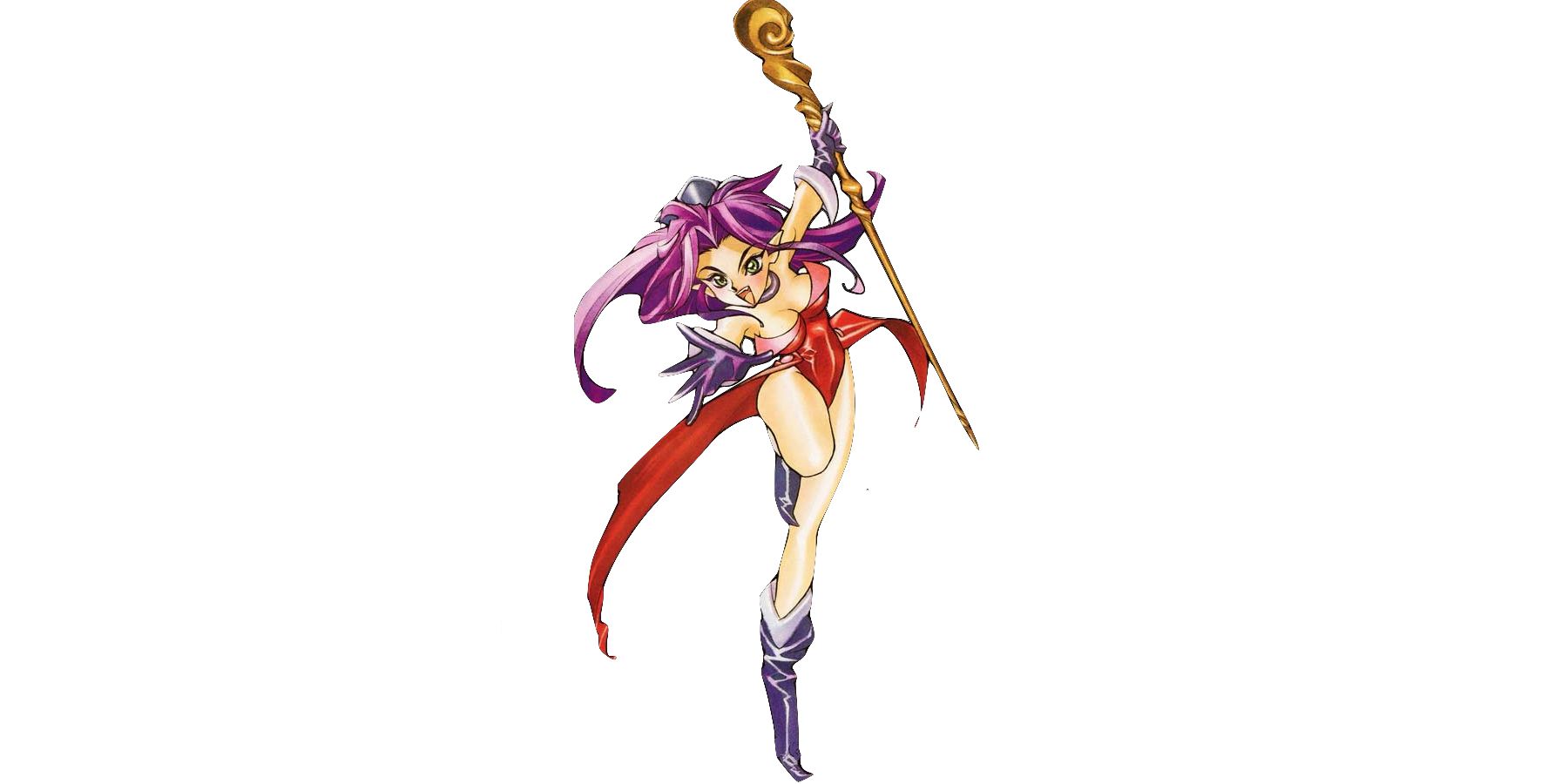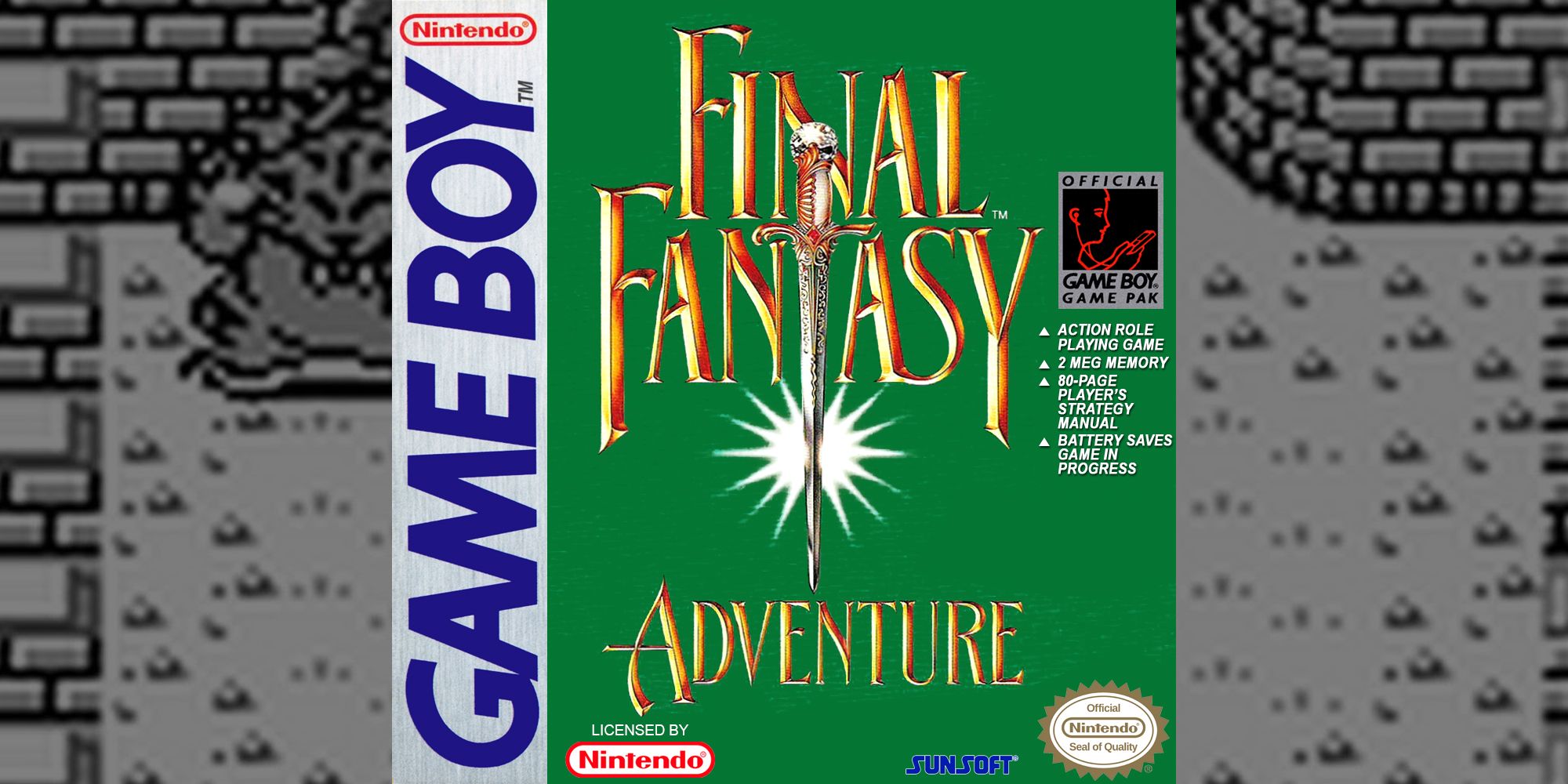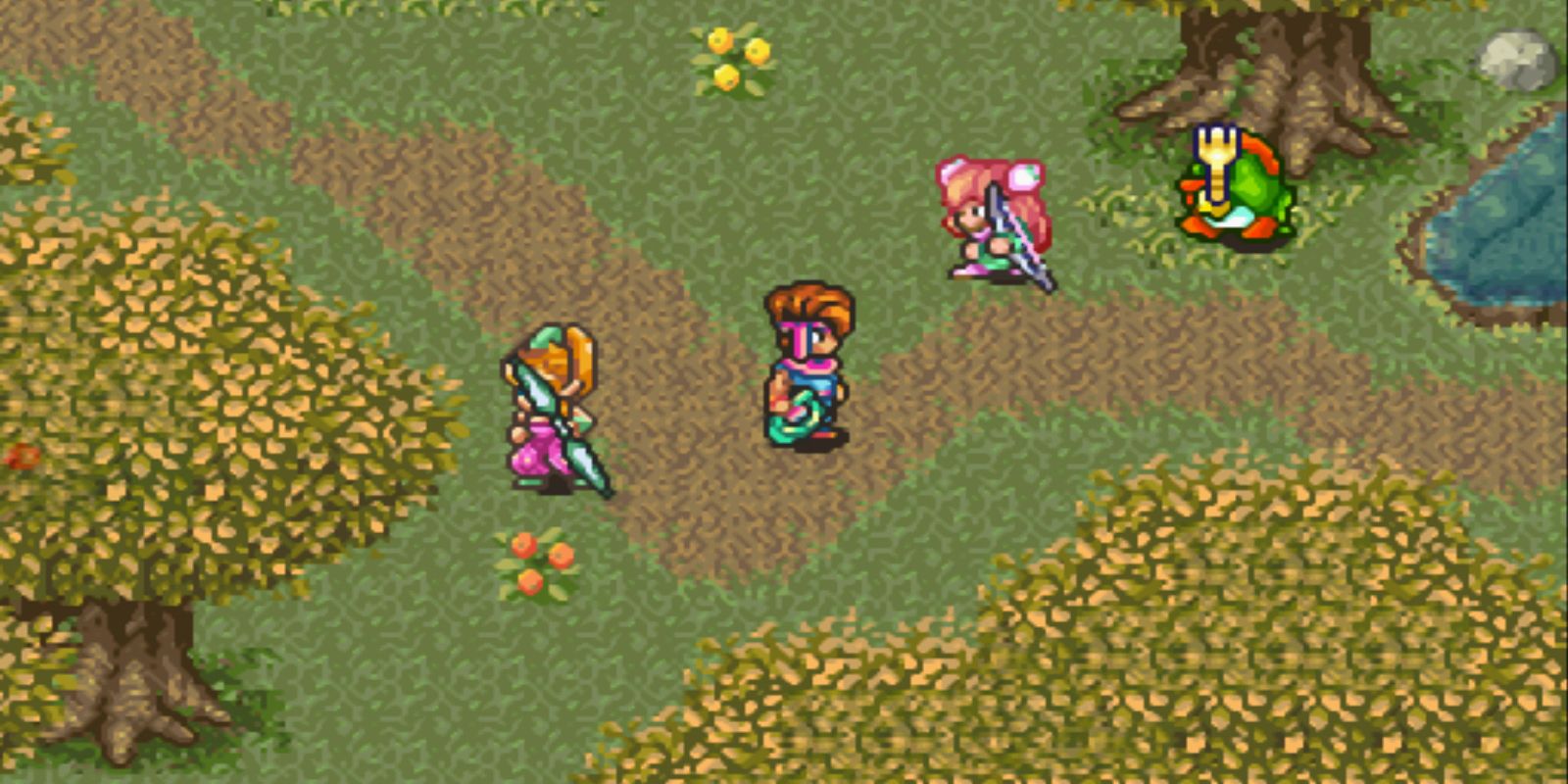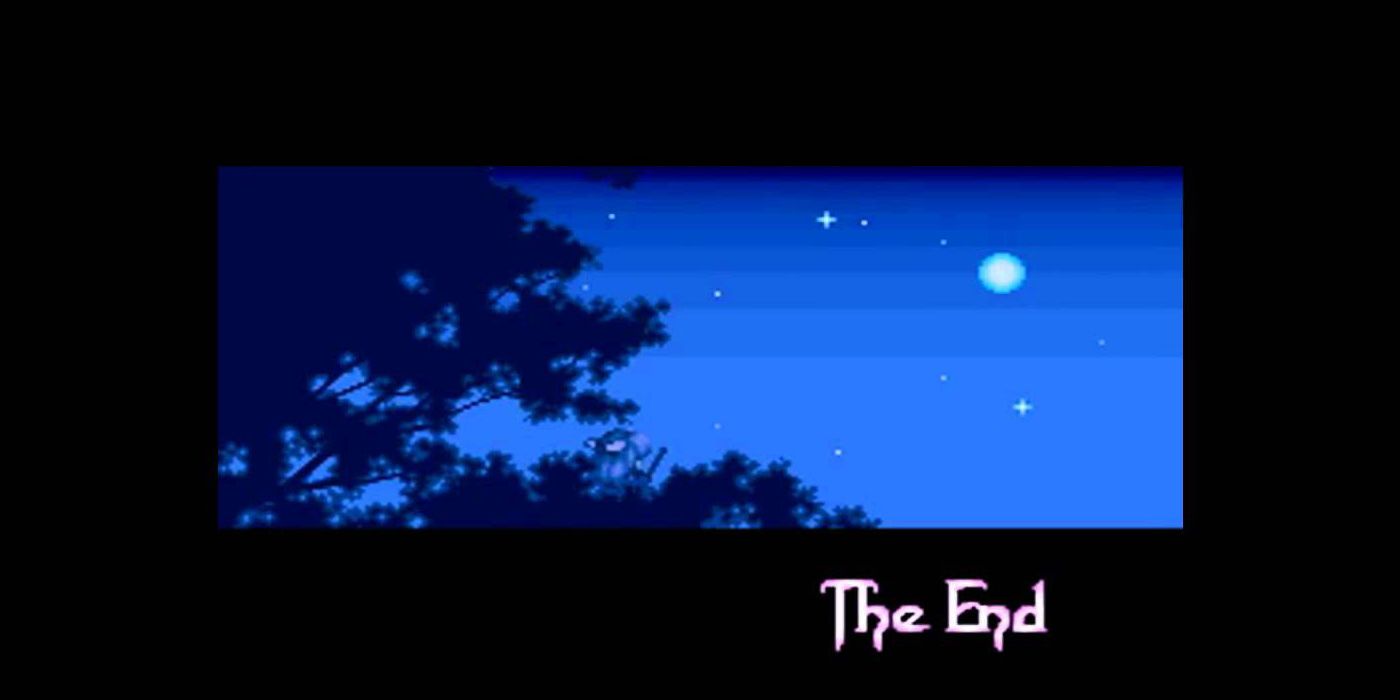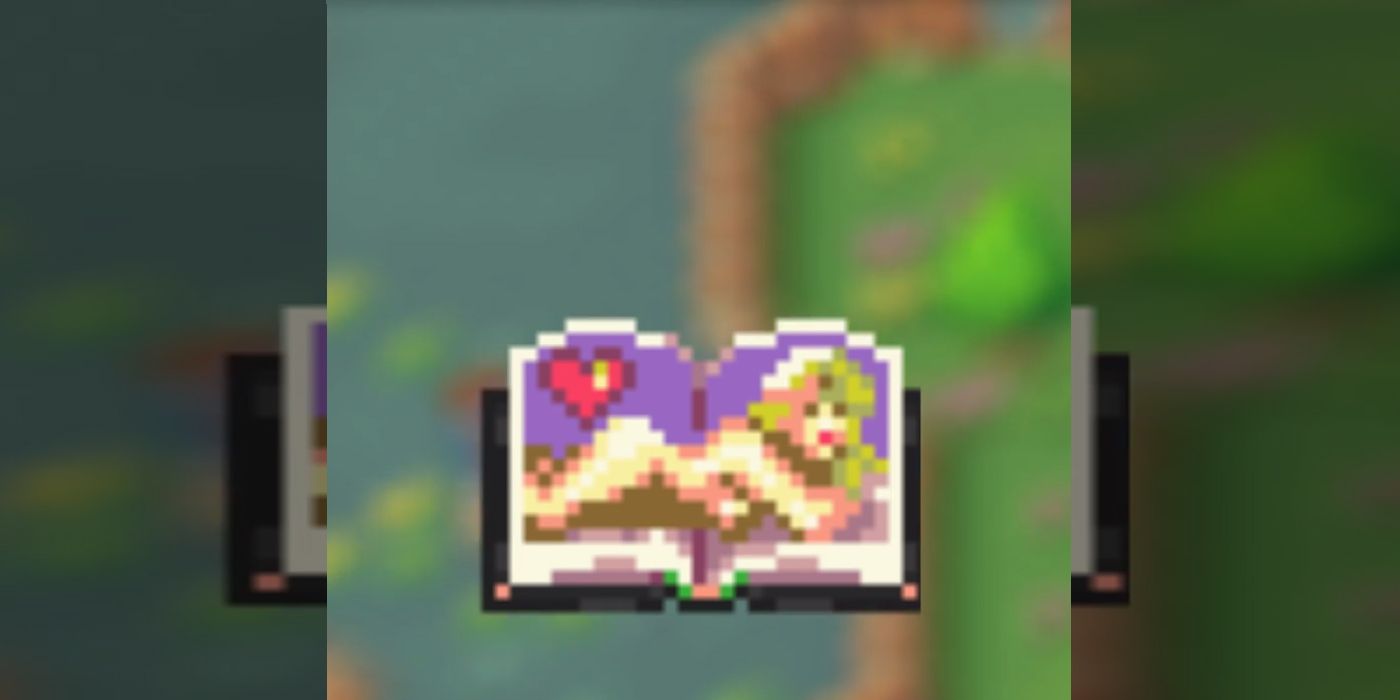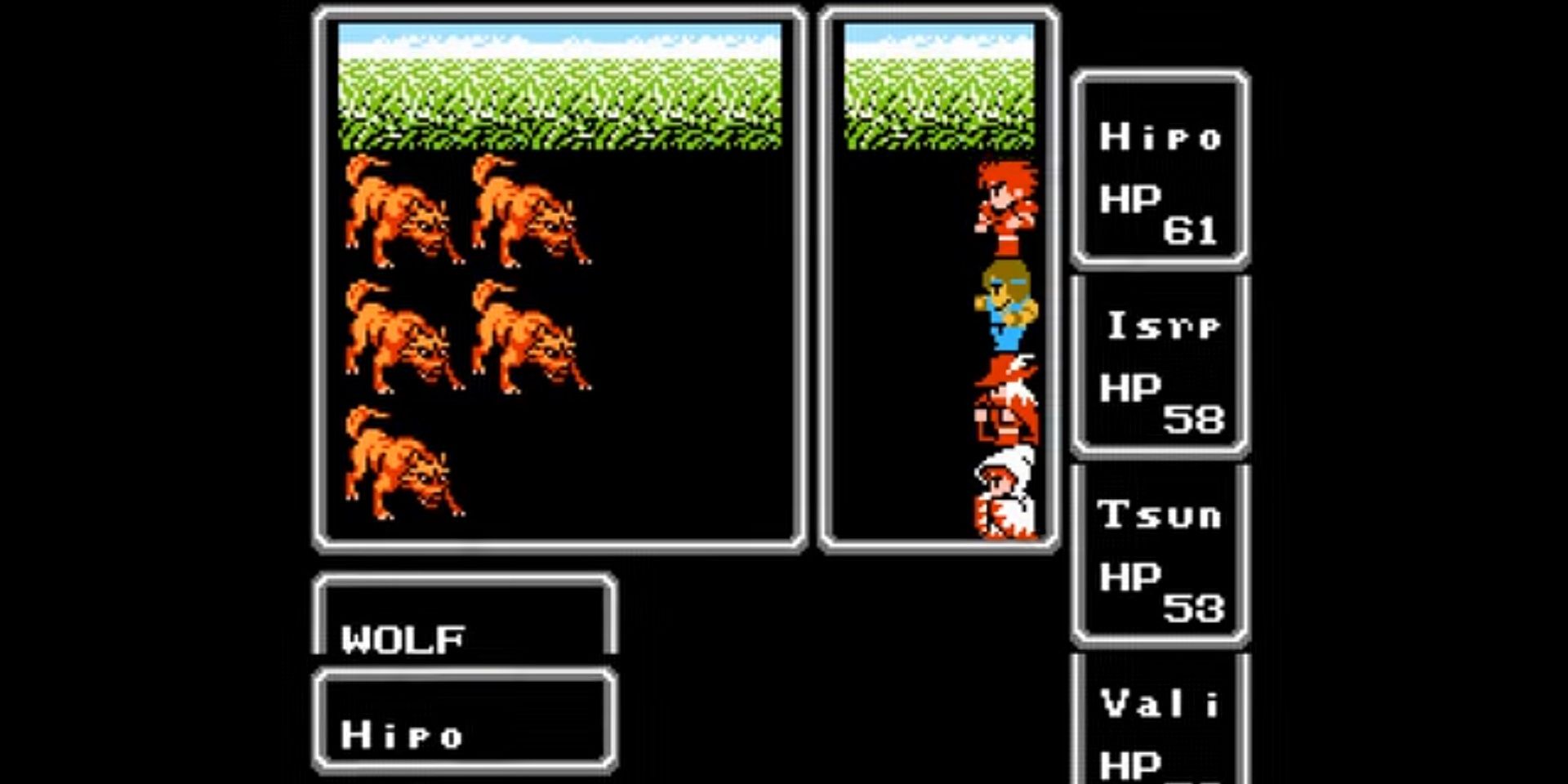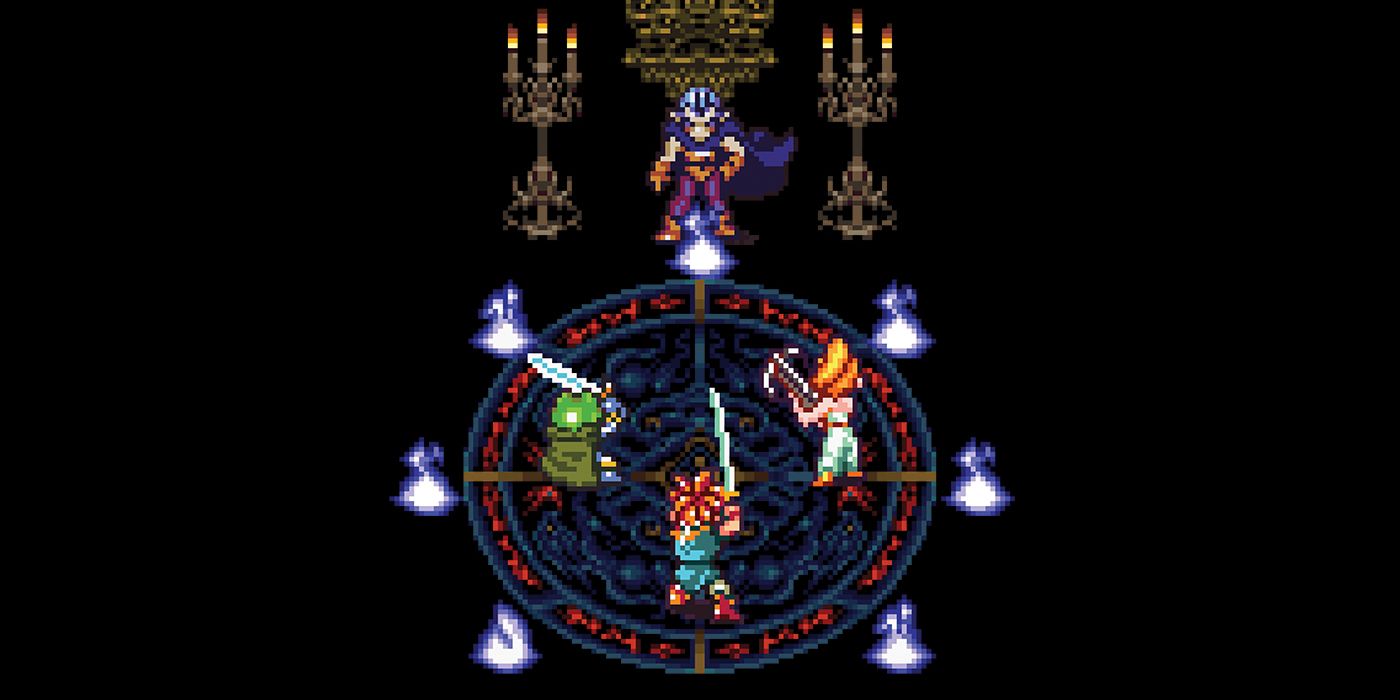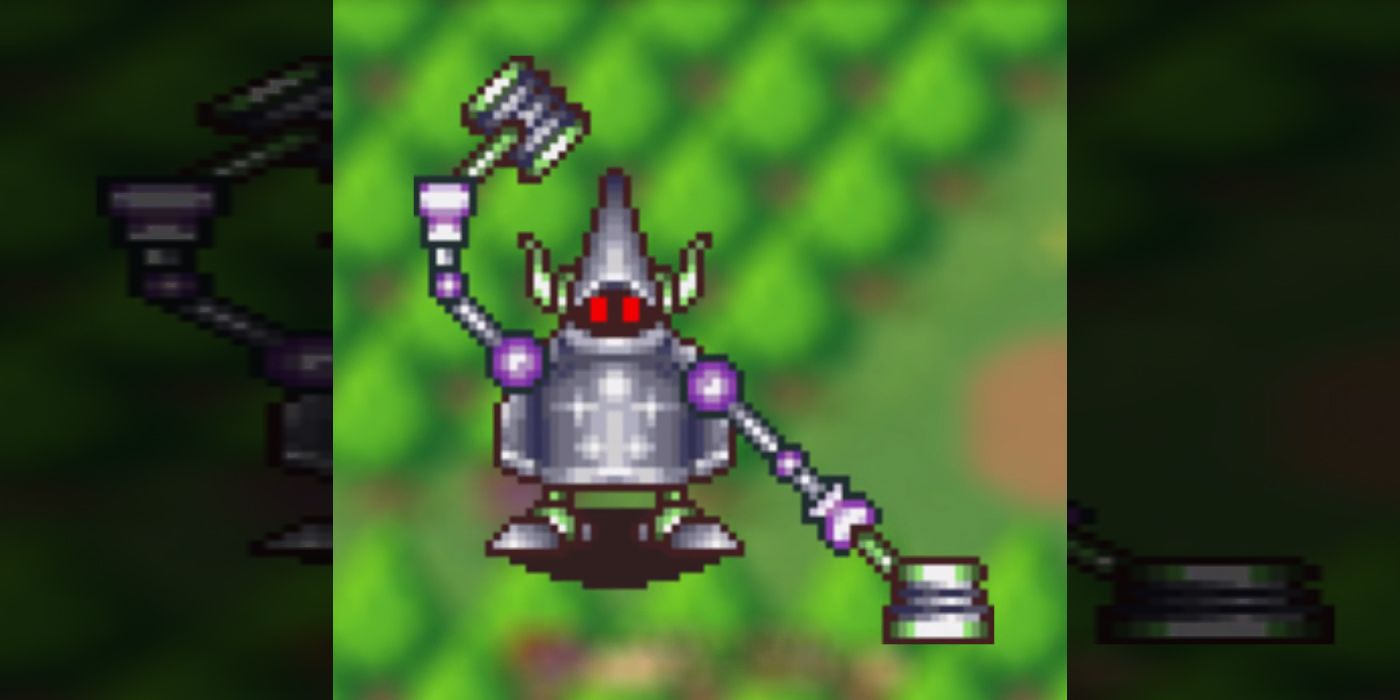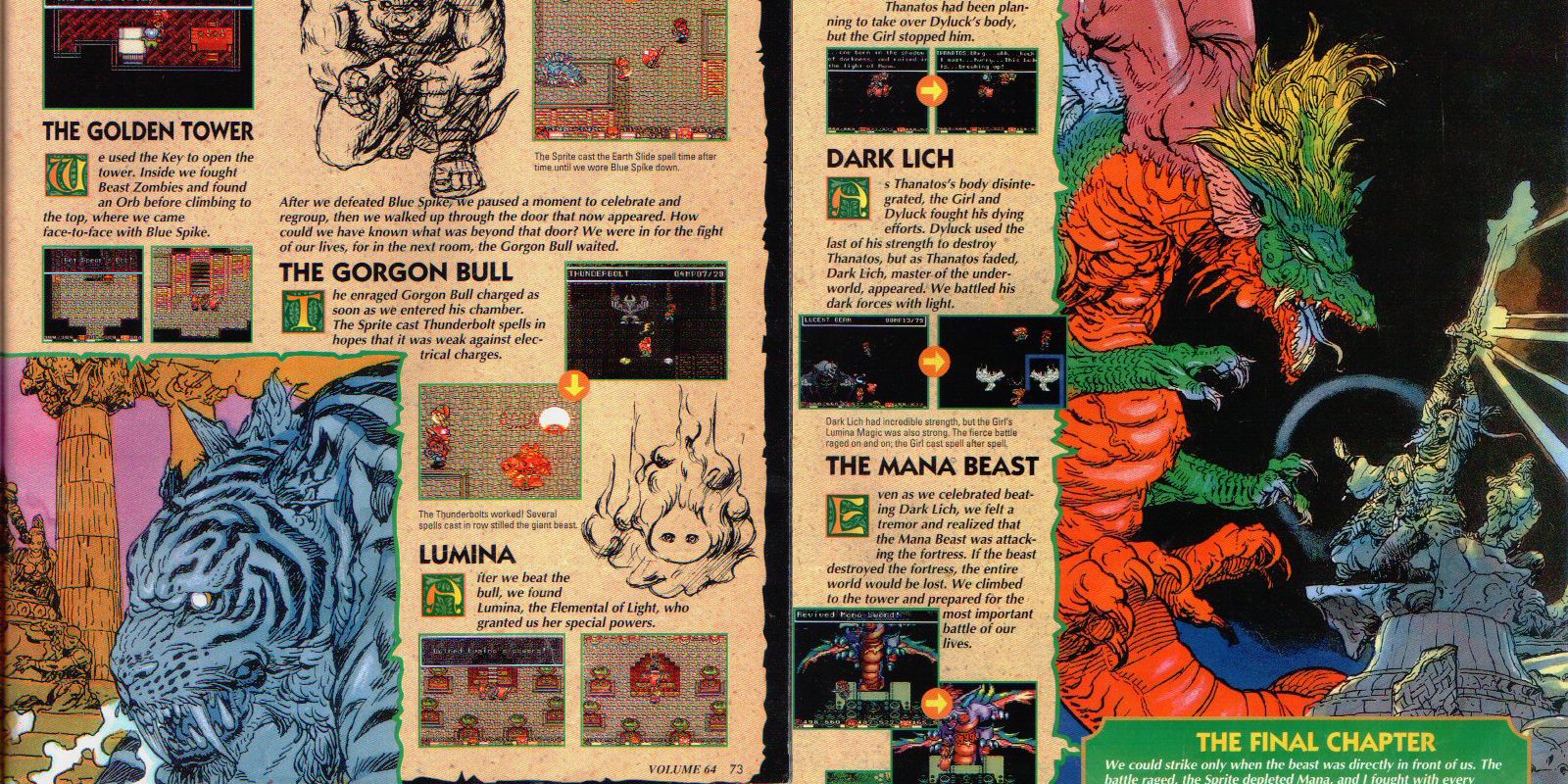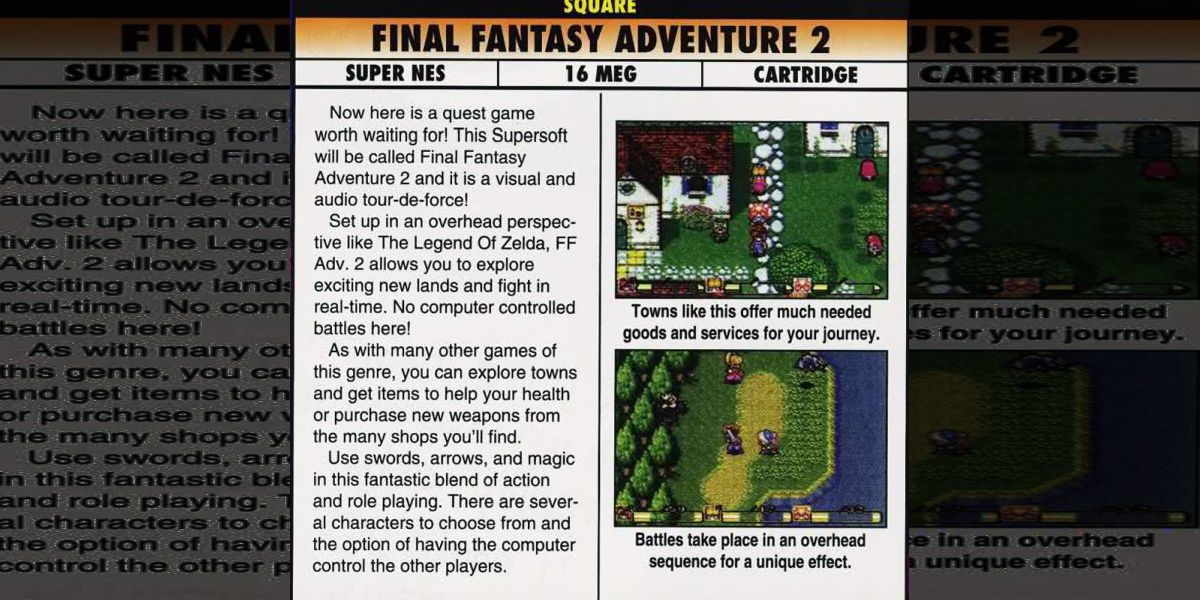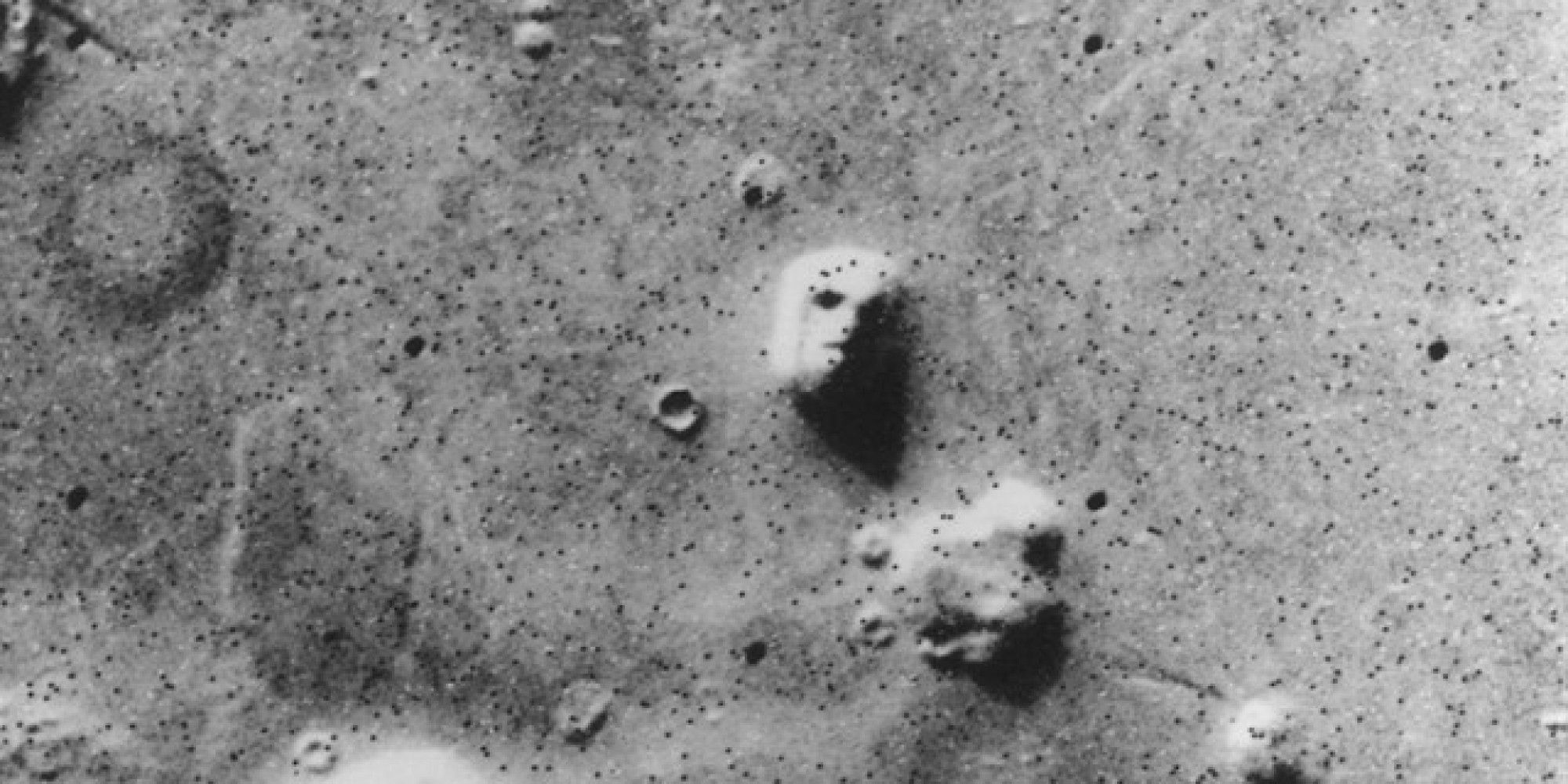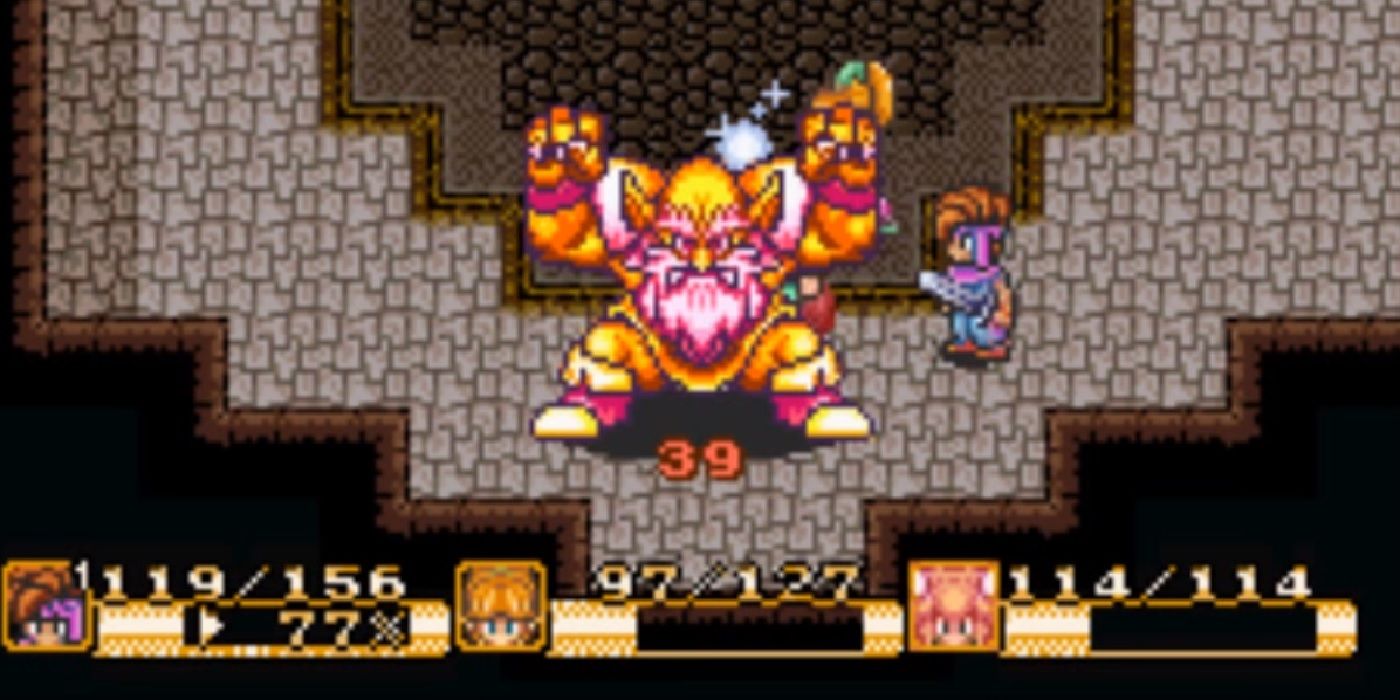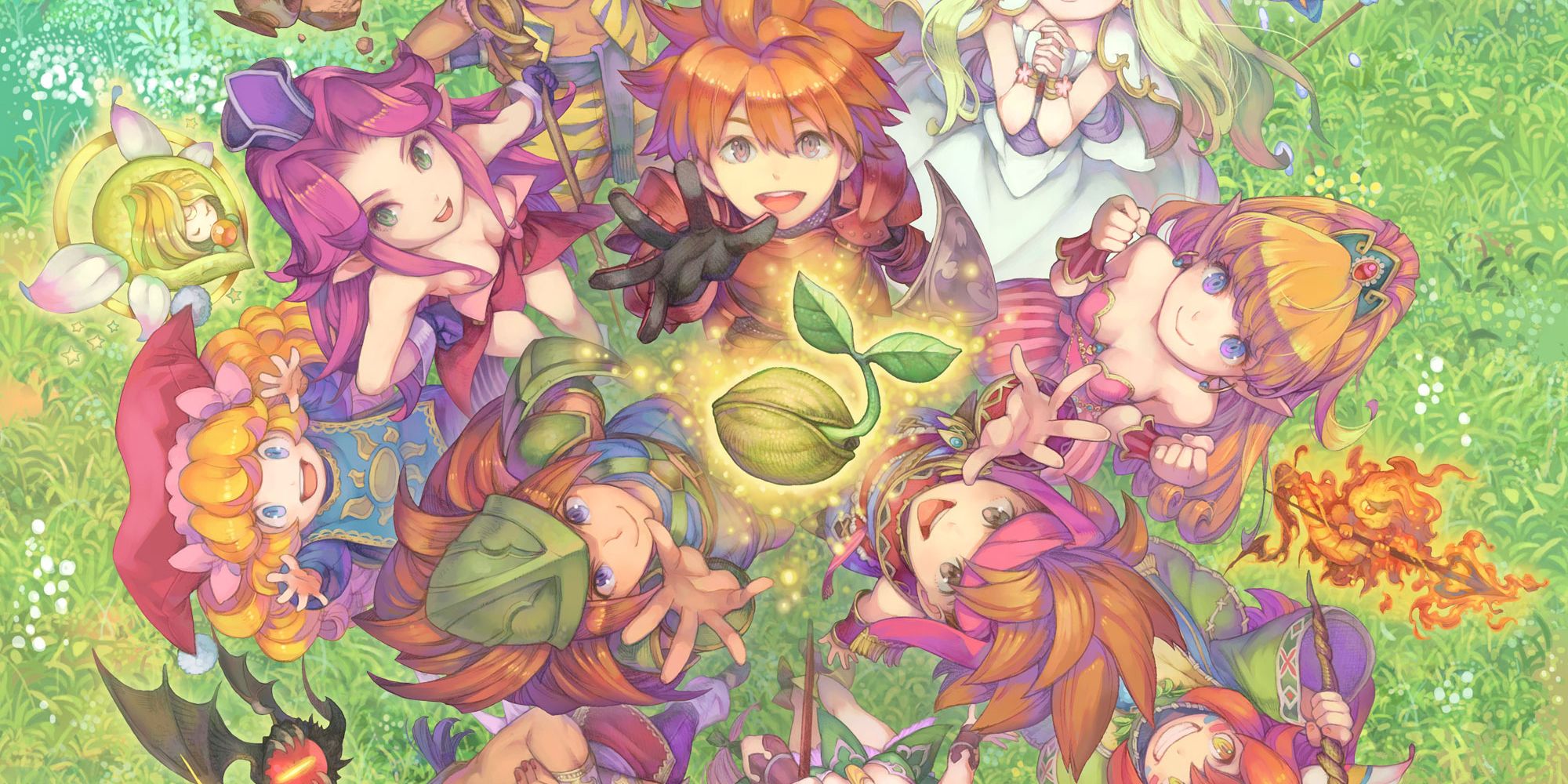The Super Nintendo is home to some of the greatest RPGs of all time. Games like Final Fantasy III and Chrono Trigger will often appear on lists of the best RPGs ever made. However, there is also another SNES RPG that is beloved by fans: Secret of Mana.
This was an action RPG, where up to three players could join together on an epic quest to save the world. Secret of Mana may have had the biggest fanbase of all the Super Nintendo RPGs due to the fact that it was released in Europe.
Surprisingly, a lot of the best games on the Super Nintendo never saw an official European release. Secret of Mana has earned a huge fan base in countries like France, where citizens were lucky enough to be able to play it when it was first released.
We are here today to look into the bizarre history of one of the greatest video game franchises of all time. From its origins on the precursor to the PlayStation to the recent controversy concerning the Nintendo Switch, here are the 15Things You Didn’t Know About Secret Of Mana.
15. A Lot Of The Game Had To Be Edited Out
The console war between the Super Nintendo and the Genesis/Mega Drive heated up in 1991 when Sega released a CD-ROM add-on for their system. This allowed games to utilize the massive amount of space that a CD could hold, compared to a cartridge.
Nintendo formed a partnership with Sony that was going to lead to a CD add-on for the Super Nintendo. This deal fell apart, however, and Nintendo formed a partnership with Philips instead. Sony was intrigued by the idea of entering the video game market, which led to the creation of the PlayStation. Nintendo had inadvertently created their newest rivals.
Secret of Mana was originally planned to appear on the SNES-CD and would have used all of that extra disc space. When the deal with Sony fell apart, it was up to Squaresoft to try and cut the material in the game down to a point where it could fit on a cartridge. This meant that a lot of the story had to be left on the cutting room floor.
14. There Is Another Upgrade For The Mana Sword
In the Secret of Mana, you can collect numerous different weapons in the game. As you progress through the story, you will find orbs that can be used to upgrade these weapons.
All of the weapons, except for the Mana Sword, can be upgraded to level 9. The Mana Sword can normally only be upgraded to level 8. However, it transforms into a level 9 weapon during the final boss battle against the Mana Beast.
It is possible through glitching to acquire a ninth orb for the Mana Sword, which can upgrade it into its final form without needing to be in the final battle. The game has full data for it, which means that it may have been planned at some point during development. You will still need to use magic on it during the final battle, though, as that it is the only way that it will harm the Mana Beast.
13. Angela's Naked Secret
Secret of Mana actually had a sequel on the Super Nintendo. It was called Seiken Densetsu 3, though it would likely have been called Secret of Mana 2 if it had ever been localized.
Seiken Densetsu 3 was considered to be one of the best games on the Super Nintendo and was pretty much superior to Secret of Mana in every way. The reason we never got it was due to the fact that it was released late in the Super Nintendo's lifespan and had quite a few bugs. Seiken Densetsu 3 was subject to one of the earliest fan translation projects, though, which means that the game can be played in English on an emulator.
The fact that most people have played Seiken Densetsu 3 on an emulator is actually the reason why a lot of people discovered a dirty secret in the game. The Super Nintendo used layers for its graphics, which you can remove in an emulator.
If you choose Angela as a party member and take her to sleep in an inn, you can remove the graphical layer for the blanket to reveal her mostly naked body that the players weren't meant to see.
12. The Final Fantasy Connection
The Secret of Mana/Seiken Densetsu series is officially linked to the Final Fantasy games and can be considered an official offshoot of the franchise. The reason for this is because the first title in the series was released on the Game Boy.
This game was released under numerous different names. When it debuted in Japan, it was called Seiken Densetsu: Final Fantasy Gaiden, which officially makes it a Final Fantasy spin-off.
When the game was released in America, it was fully integrated into the Final Fantasy series, and was named Final Fantasy Adventure in an effort to make it more marketable. Final Fantasy VII had yet to bring the series to mainstream prominence, but the earlier games had still made a name for themselves in the RPG market.
Final Fantasy Adventure was called Mystic Quest in Europe, which links it to Final Fantasy Mystic Quest, making it one of the first games in either series to be released in the PAL region.
11. There Is A Secret Programmer's Code
When people think of the development team for the original Final Fantasy games, they would probably imagine a group of Japanese game developers. This isn't totally true, as one of the most prominent programmers at Squaresoft in the old days was a man named Nasir Gebelli, who was Iranian-American. He was a pioneer in creating video games for the Apple II and worked on some of the best RPGs of all time.
During his time at Squaresoft, Nasir Gebelli worked on the first three Final Fantasy games. He would later program Secret of Mana, before retiring from the video game industry and living on his Final Fantasy royalties.
Nasir Gebelli actually hid a code in Secret of Mana. In order to use the code, you need to have a weapon equipped and you have to hold down L & A on controller 1, press R 39 times, release L & A, then press R once.
If you have performed the code correctly, then the game with freeze for a few seconds and the word "NAS" will appear on the status bar.
10. The Mystery Of The Moon Ending
Secret of Mana has a bittersweet ending. The end of the world is averted, but all Mana is banished to another dimension. This means that the Sprite party member will be forced to leave the world, due to his connection to magic.
The party manages to slay the Mana Beast, but the Sprite is banished before he can even say goodbye to his friends. Secret of Mana ends with the Sprite in another world, looking up at the moon, alone.
This final shot of the moon is actually one of the most curious aspects of the game. The appearance of the moon can be different depending on what you do during your playthrough.
No one knows exactly what triggers each phase of the moon. Some fans speculate that it may have been a relic from the SNES-CD version of the game, which may have included a timing element that wasn't properly added into the cartridge version of the title.
9. The Secret Centerfold Of The Mystic Book
Nintendo used to be the strictest company when it came to censoring their games for the Western market. It seems that RPGs were hit the hardest by this, as games like Final Fantasy II and Chrono Trigger had some of the most ridiculous censorships of all time inflicted upon them.
Secret of Mana was relatively untouched by the censorship policies of Nintendo, however. The game actually managed to sneak something dirty past the rating board. There are two enemies in the game which are sentient books that can flip through their pages and cast random spells on the party.
They are called the Mystic Book and the National Scar. There is a very slim chance that these books will flip to a page that depicts a naked centerfold with a heart beside her. It is likely that the rating board never encountered this enemy action, which is probably how it remained in the game.
8. The Mana Series Almost Destroyed Squaresoft
The Mana/Seiken Densetsu series technically predates Final Fantasy in terms of development. In fact, the original game in the series almost destroyed Squaresoft before the first Final Fantasy could be created.
In 1987, Squaresoft began development on a game called The Emergence of Excalibur. It was intended to be a game released for the Famicom Disk System, which would have come on five floppy disks. This would have made it the biggest game on the system. The game would eventually be renamed Seiken Densetsu and Squaresoft began taking pre-orders for it.
However, Seiken Densetsu turned out to be too ambitious for the few people working at Squaresoft at the time. The company entered dire financial straits which almost bankrupted them.
They had the money to release one more game, but they believed that it would be their last. This game was named Final Fantasy, as Squaresoft thought it would be the last title they ever released before they went under.
The rest is history.
7. Ted Woolsey Was Only Given 30 Days To Translate The Game
Ted Woolsey is one of the most divisive figures in video game history. He was responsible for translating some of Squaresoft's biggest games into English. This includes games like Final Fantasy III, Chrono Trigger, Super Mario RPG: Legend of the Seven Stars, and Secret of Mana.
The issue he faced was that there generally wasn't enough room in the memory of the games to include an English script that matched the length of the Japanese original. This meant that he was forced to cut or change parts of the dialogue. He was also known for adding corny jokes and puns. To some fans, his work bastardizes the original intent of the creator's of the game, while others love the character that he inserted into otherwise bland scenes.
Secret of Mana had a very barebones script. The reason for this was because Ted Woolsey was only given thirty days to translate it. This would have been a huge undertaking, seeing as Secret of Mana was an RPG with a lot of text. Any issues the fans might have had with the Secret of Mana's translation might be forgivable due to the time constraints on its creation.
6. The Censored Chainsaw Boss
Secret of Mana wasn't completely uncensored. The main piece of edited content in the game comes in the form of a monster called the Kettle Kin. This was a giant robot boss that you fought about halfway through the game.
In the English language version of Secret of Mana, it wielded two giant hammers that it used to squash your party members. In the Japanese version of the game, it wielded a massive chainsaw and used it to slice your party members. There was no blood depicted in these attacks.
It is odd that a chainsaw would be censored in a Squaresoft game on the Super Nintendo. The reason we say this is because Edgar can use a chainsaw as a weapon in Final Fantasy III, which was a game that was censored to hell and back. So, some reason, it's okay for Edgar to chainsaw monsters in the face but not when a robot does it?
5. The Horrifying Nintendo Power Illustrations
Nintendo Power was once one of the biggest gaming publications in the world. One of the reasons it was so beloved was due to its in-depth strategy guides, which told you how to complete even the most difficult of games. These guides were a life saver in the days before the Internet, as they explained secrets that developers had only put in to torment gamers.
As Nintendo Power was an American publication, it didn't have as much access to Japanese developers. As such, they would hire artists and illustrators to come up with drawings for the magazine.
The Secret of Mana strategy guide stands out in this regard, due to some of the horrifying pictures that were created for the monsters in the game. The two most disturbing pictures are the white-eyed version of the Tiger boss from the beginning of the game and the monstrous reimagining of the final battle against the Mana Beast.
4. Final Fantasy Adventure 2
The first game in the Mana series was localized in the West under the name Final Fantasy Adventure. It seems that this naming scheme may have been continued at one point in development, as one of the first previews for Secret of Mana calls the game Final Fantasy Adventure 2.
Final Fantasy Adventure 2 was first mentioned in a preview panel that appeared in a 1993 issue of Electronic Gaming Monthly. It is possible that EGM made up the name, in absence of an established title, and decided that calling the game Final Fantasy Adventure 2 would have made a lot of sense.
The Super Nintendo was home to at least one awesome Final Fantasy at this point, and the series had earned something of a name in the RPG industry. It seems that the people at Squaresoft wanted to totally differentiate the Mana series from Final Fantasy, though, which is why it earned a new name.
3. The Secret Face On Mars
In 1976, a series of photos were taken of the surface of Mars by two orbiters. One of these images became famous, due to the fact that it appeared to show a face-like structure on the surface of the planet.
This image sparked numerous theories and controversies about the idea of life existing on Mars. There have been other photos of this area of Mars taken in recent years, which have proven that this image was an optical illusion and no faces actually exist on the surface of the planet.
It seems that the face on Mars sparked some interest among the staff at Squaresoft, however, as it appeared in several of their games. You can find the face on the Moon in Final Fantasy II if you go exploring on the surface.
There are also two faces hidden beneath the depths of the water in Secret of Mana. You can see them if you fly around on Flammie with the birds-eye camera view selected.
2. You Can Finish The Game In Under Ten Minutes
Speedruns have become a popular pastime on YouTube and other streaming video sites. These are specific runs of video games that involve completing them as quickly as possible.
Speedruns come in two different varieties: glitch and non-glitch. The difference is whether you use glitches to complete the game, which can cause some speedruns to end in a matter of minutes.
Secret of Mana is one such game that can be finished in under ten minutes with the use of glitches. In order to do this, you need to talk to certain characters who have multiple options in their dialogue.
The game can be tricked into sending you to different points in the script if you hit the dialogue boxes fast enough. If you do this with the man who operates the cannon, then he can skip you straight to the ending cutscene of the game. This can be accomplished in around eight minutes.
1. The Manual Controversy
Secret of Mana has seen several re-releases on Nintendo's Virtual Console service. The same cannot be said for its sequel. Seiken Densetsu 3 was a notoriously buggy game and the Mana series has never been a huge seller compared to the Final Fantasy series, which means that Square Enix might not want to incur the cost of going back and fixing the older game.
However, after waiting for over twenty years, fans of the Mana series finally got a compilation of all three games for the Nintendo Switch. Fans outside of Japan have been petitioning Square Enix for this game to come overseas, but it isn't likely to happen, due to Seiken Densetsu 3 needing a full English translation.
The Seiken Densetsu Collection quickly drew criticism in Japan due to the lack of any kind of manual. These games had complex mechanics which were explained in the manuals. Square Enix was forced to release images of the game's original manuals on their website, while they work on a patch that will add digital versions of the manuals to the games that can be accessed from the Home menu.
---
Do you know any other interesting facts about Secret of Mana? Was it one of your most beloved SNES games? Let us know in the comments!

